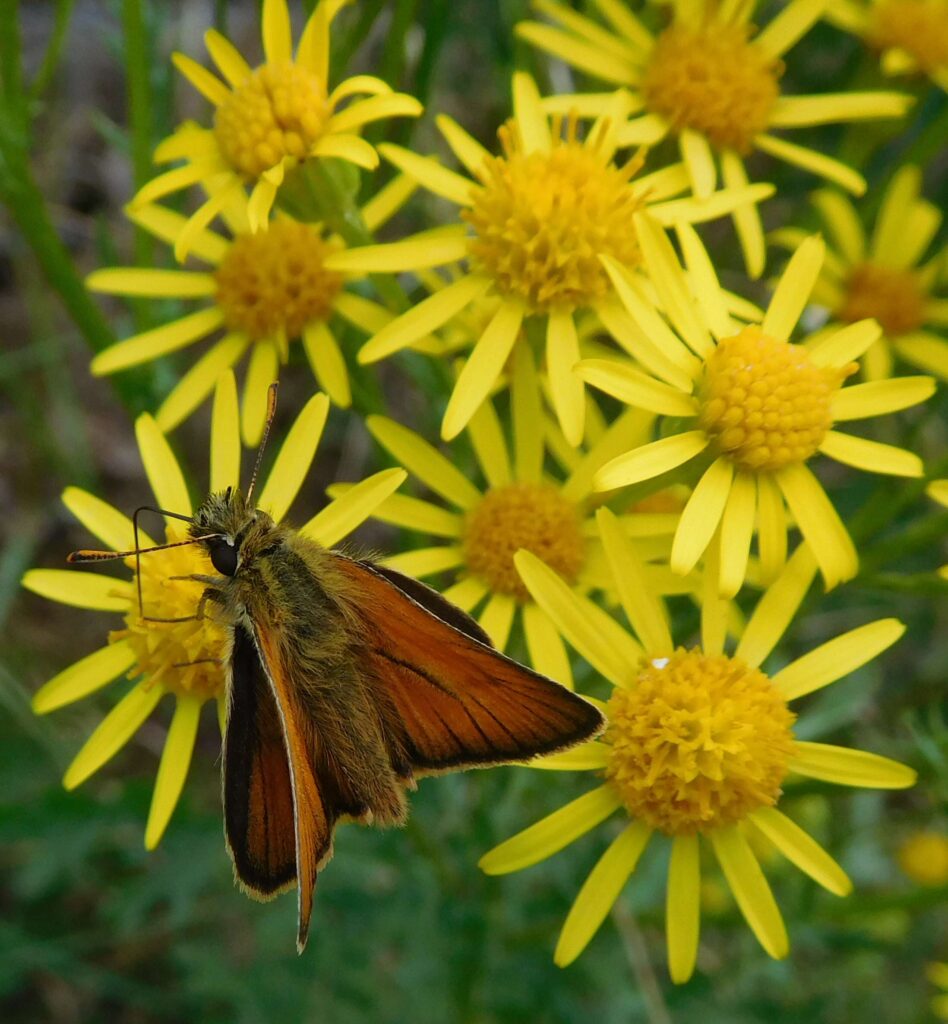
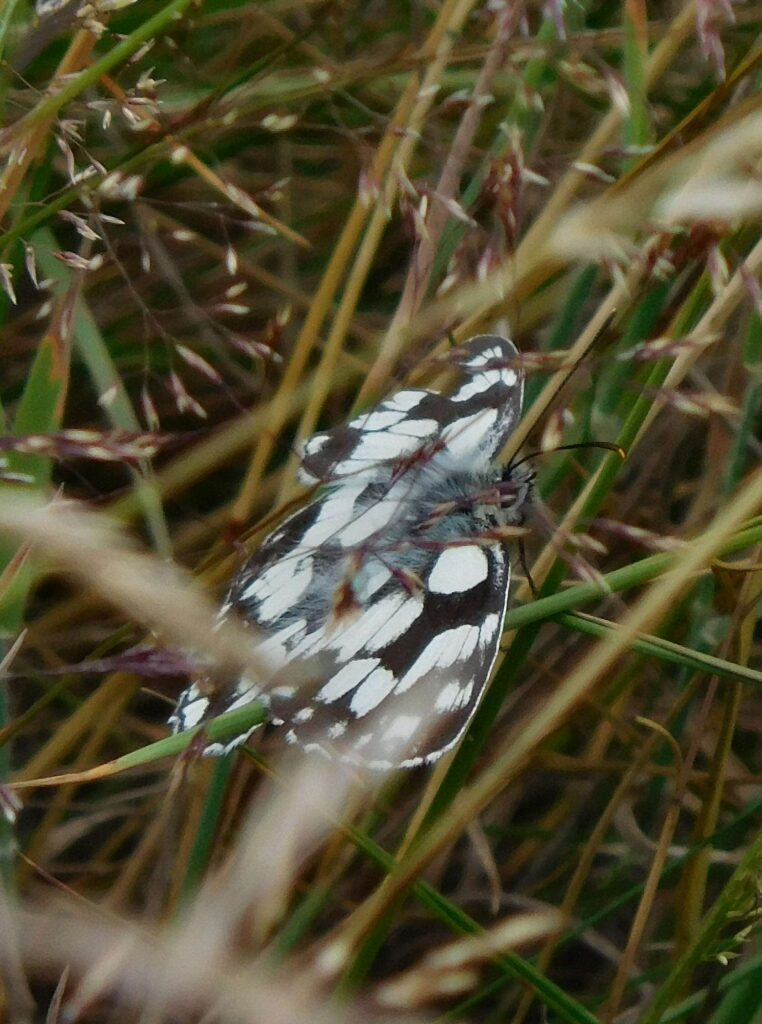
There were also many Meadow Browns – as with the Skippers, they had clearly all pupated recently; a Ringlet; two Red Admirals; and a Small White.
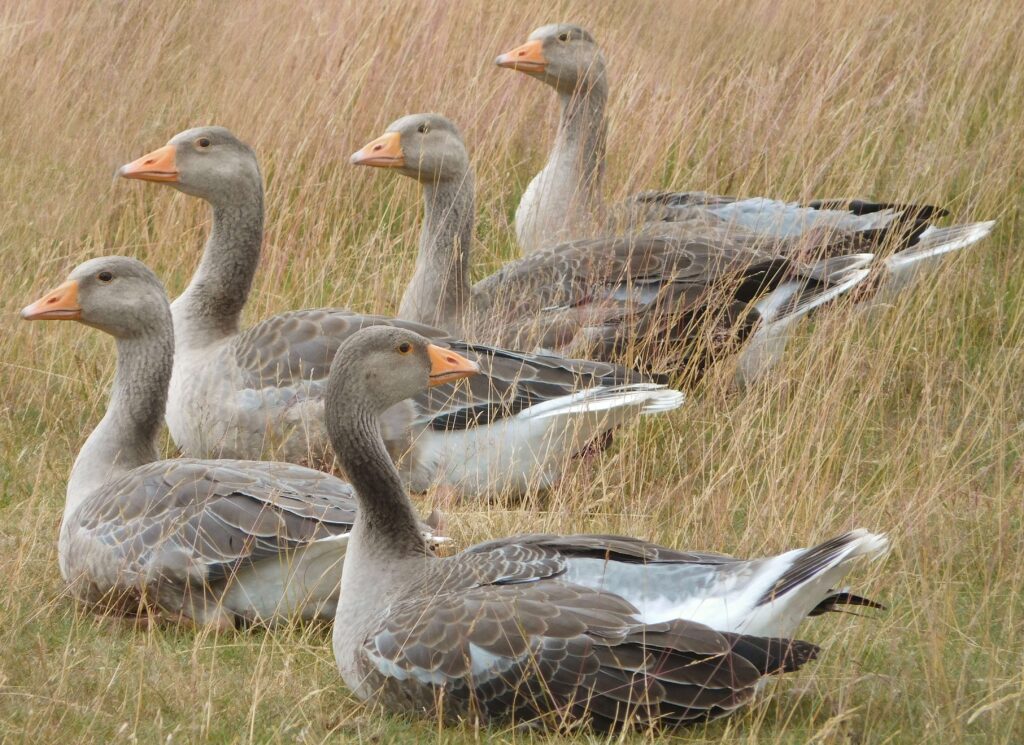


There were also many Meadow Browns – as with the Skippers, they had clearly all pupated recently; a Ringlet; two Red Admirals; and a Small White.

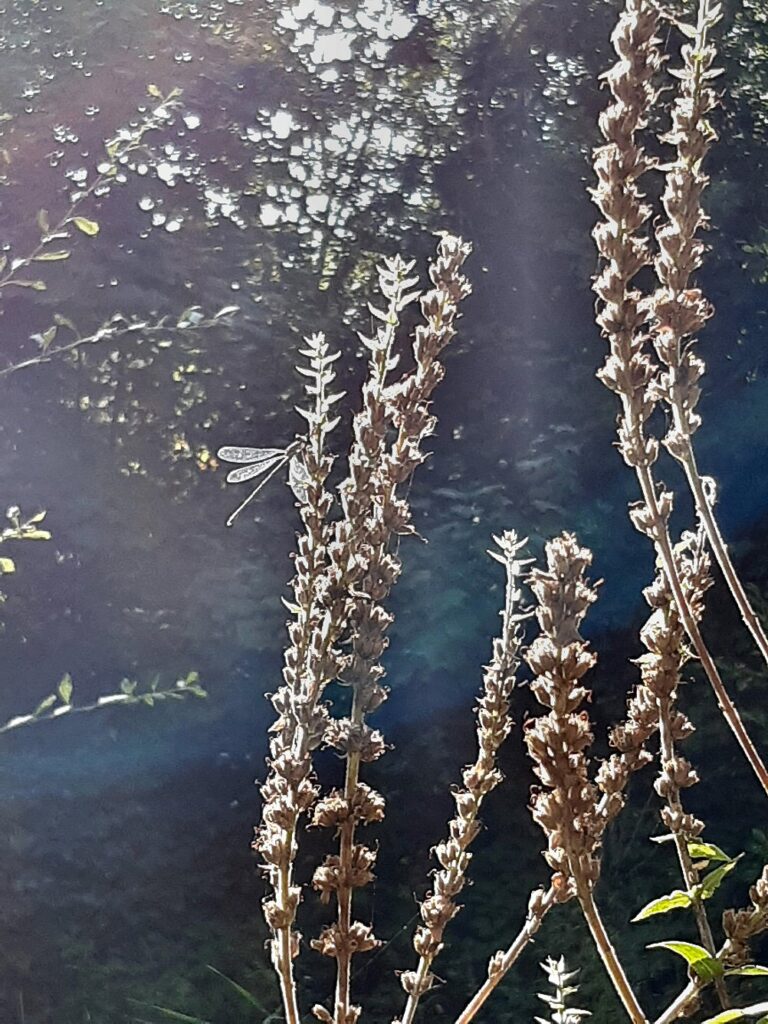
Amidst the returning crisis of Covid and the chaotic responses to it, I felt it was time to go and sit quietly and enjoy a little Nature, just as it was.
A Grey Squirrel looked up from the path below the bench where I was headed, and lolloped off. There were several little holes where it must have been hiding or retrieving nuts in its boom-and-bust economy – surplus one moment when a tree’s fruits ripen all at once, famine when nothing is ripe a while later.
The afternoon was warm and sunny at 24 Celsius, and it was very pleasantly quiet. I sat cross-legged — in half-lotus, halfway to meditation maybe — on the bench by the pond and watched.
A Willow Emerald Damselfly (aka Willow Spreadwing, a good name as it’s one of the few damselflies that perches with its wings open like a dragonfly) came and rested on a dry Purple Loosestrife flower-spike. It had a good viewpoint above the little open water remaining in the pond, and clear air all around. Soon I could see why: it chased off a fly that came close, and returned to its perch: clearly it was a territorial male. A moment later, a rival Willow Emerald flew by, and the two of them dashed and spiralled up and across the pond until the rival gave up and fled. The victor returned to another stalk nearby.
Meanwhile, several Magpies squawked and chattered, actually quite Jay-like in their calls though with more chattering conversation. They kept this up more or less continually.
A Wren hopped about in the Willows on the little island, presumably catching insects, and then whirred, its little tail still cocked, across past my shoulder into the brambles. Some Wren warning-chatter came out of the bramble thicket behind me.
At the top of the Willows on the island, a cloud of non-biting Midges clustered in their cheerful display flight, backlit by the sunshine. Lower down, bees and hoverflies whirred about, apparently finding something sweet worth visiting; perhaps drops of sticky half-dried sap excreted by aphids, as there were no flowers up there.
A Red Admiral Butterfly, an occasional visitor here, flapped gracefully past. A Speckled Wood Butterfly, very territorial, perched on the bench beside me, then angled its wings in three steps closer and closer to the angle of the sun, camouflaging itself by choosing the smallest possible shadow. It’s the same reason soldiers drape nets to stretch away from their equipment, to hide the telltale shadow (as well as to break up any recognisable outline).
Down by the water, something large stirred. A Red Fox slinked silently up the bank, no more than three metres from my seat, and vanished into the Wet Woodland.
I unfolded my legs gently. I suppose half an hour had passed: something interesting had been happening every moment.
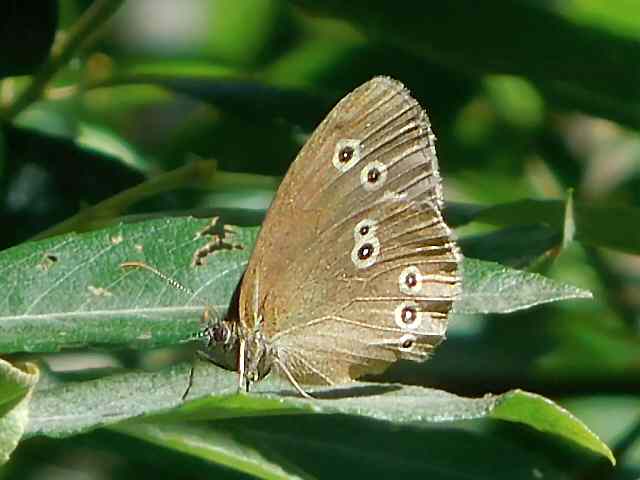
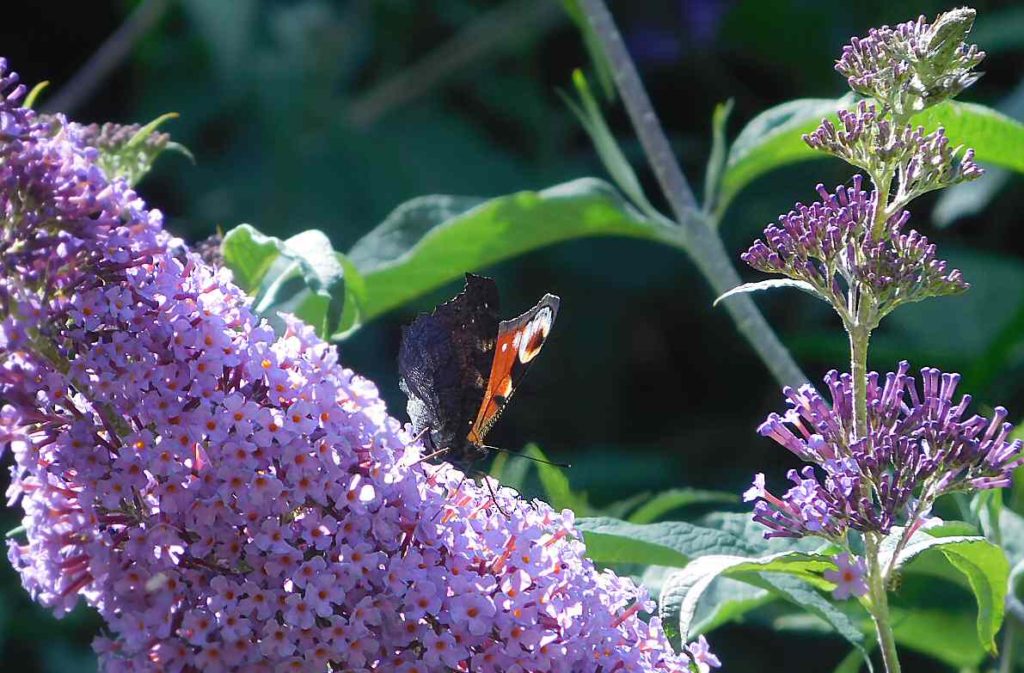
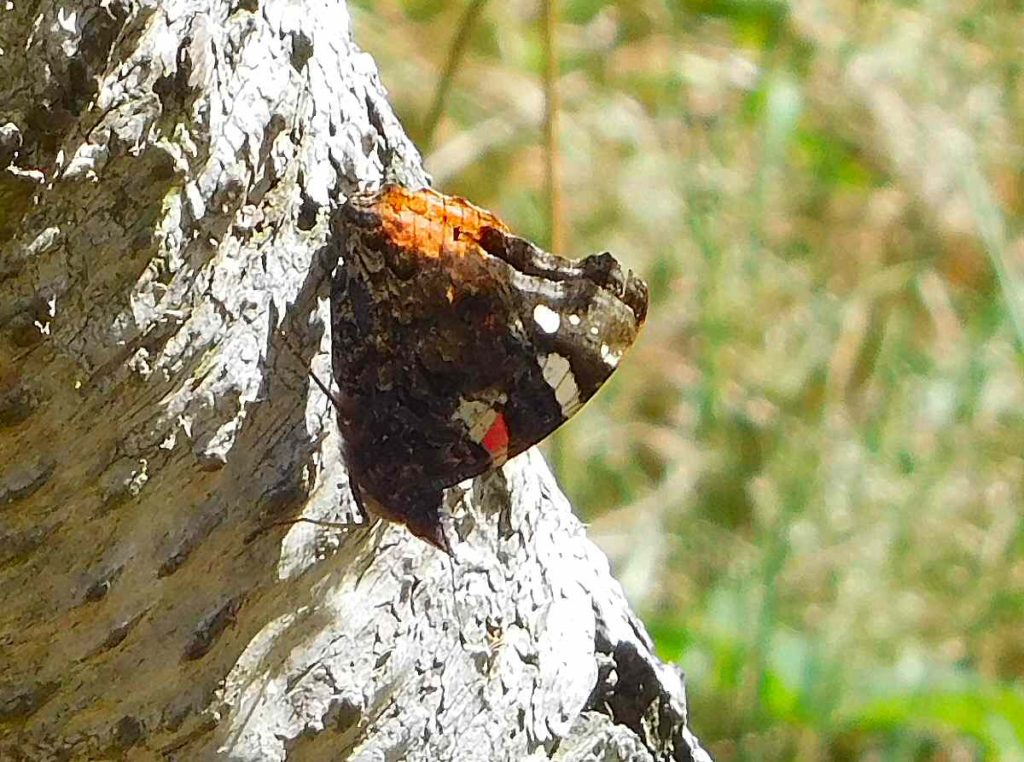
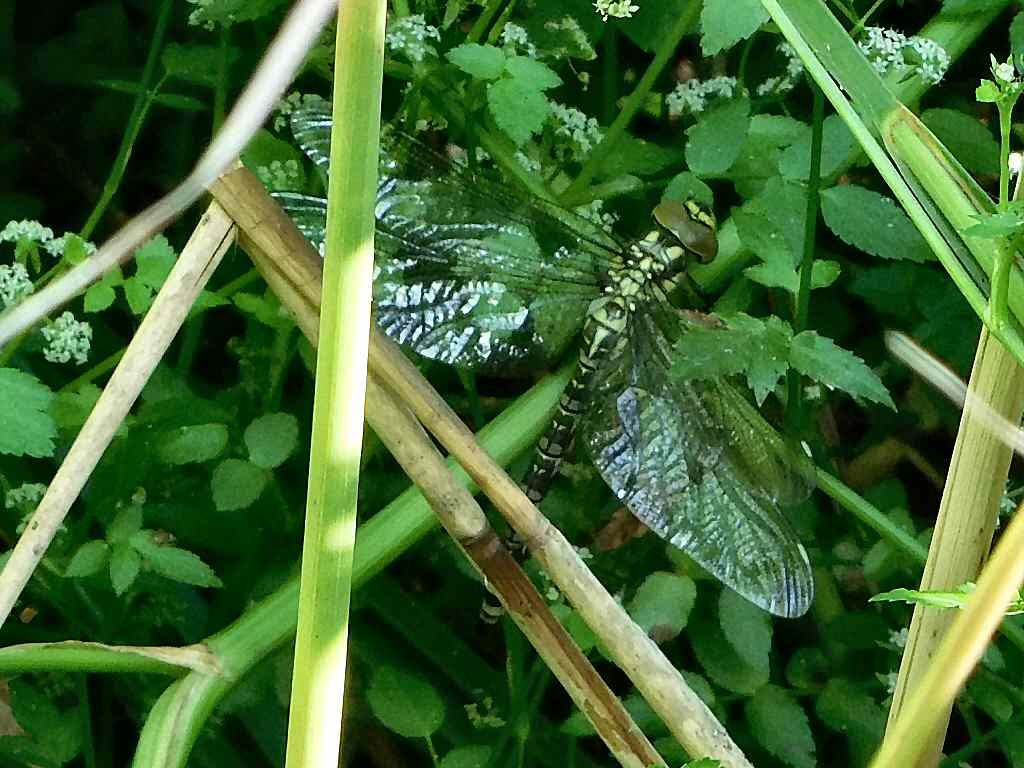
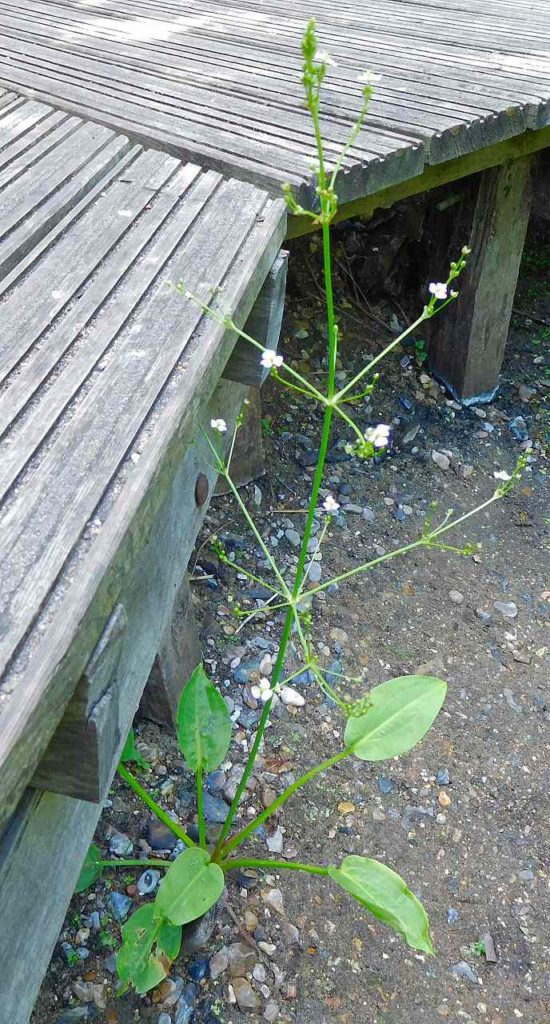
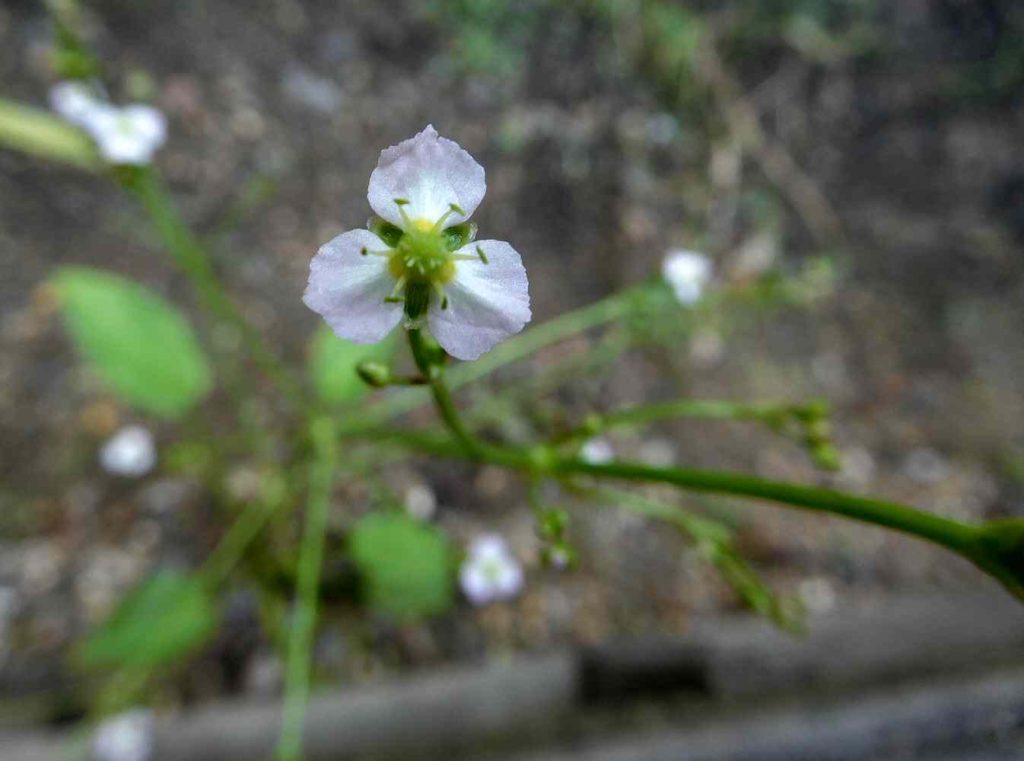
Caution: this article contains no blood, but one of the photographs of an insect could be upsetting to sensitive readers.
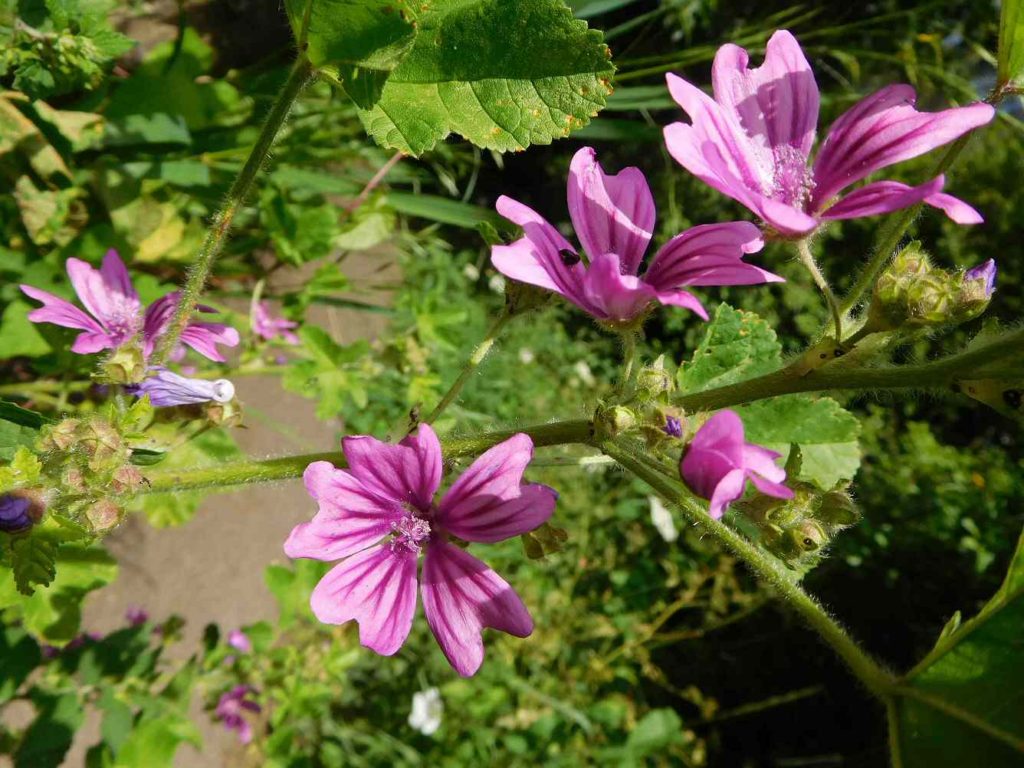
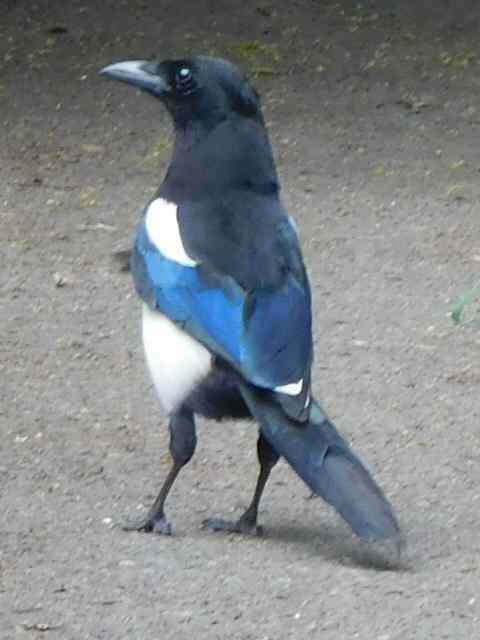
Magpies are rather omnivorous predators, feeding on whatever they can catch – the eggs of other birds are a favourite, along with chicks, and the juicy caterpillars and larvae of insects. Unlike foxes, which will crunch up even large beetles whole (leaving wing-cases and other recognisable body parts in their droppings), they feed selectively, eating the soft abdomen of large beetles like the Stag Beetle, and abandon the heavily-armoured thorax and head. The beetles, their bodies broken and their chances of reproduction gone, clamber slowly and pitifully about, sometimes for days.
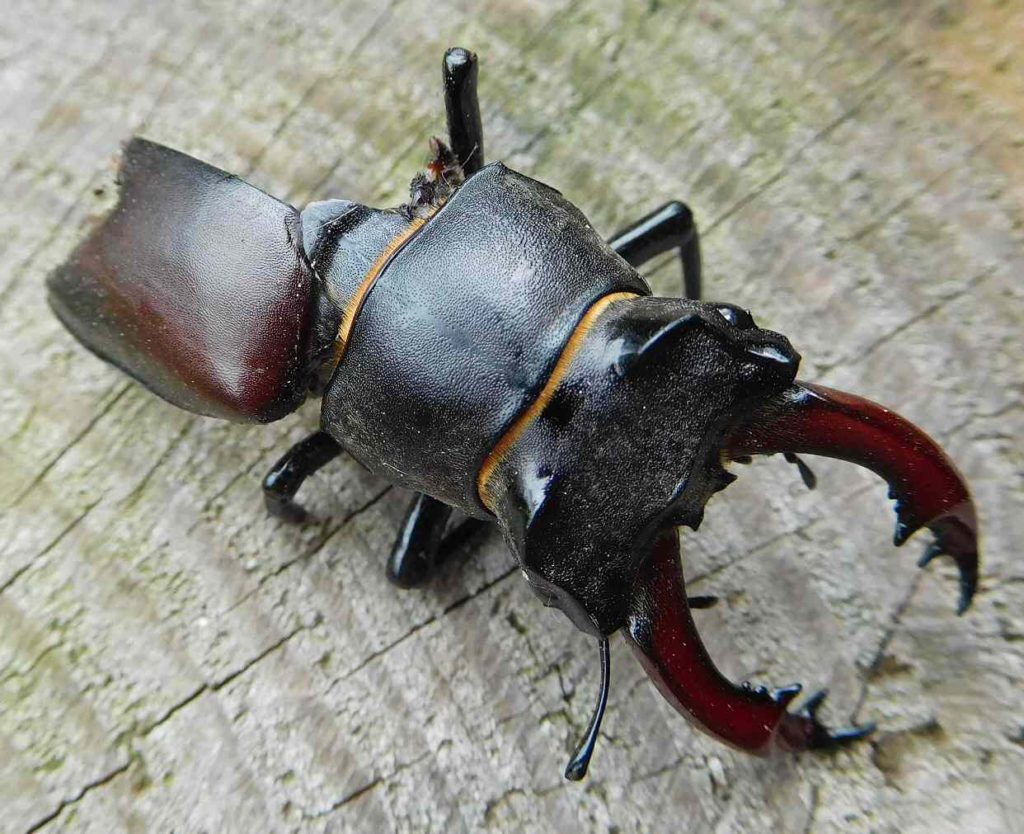
On a happier note, we saw a Red Admiral resting in the woods on some Ivy. The Nymphalid butterflies are all getting scarce, so it was a welcome addition to the usual suspects — Brimstone, Small White, Speckled Wood, Holly Blue — on a day without much sunshine to bring the butterflies out.
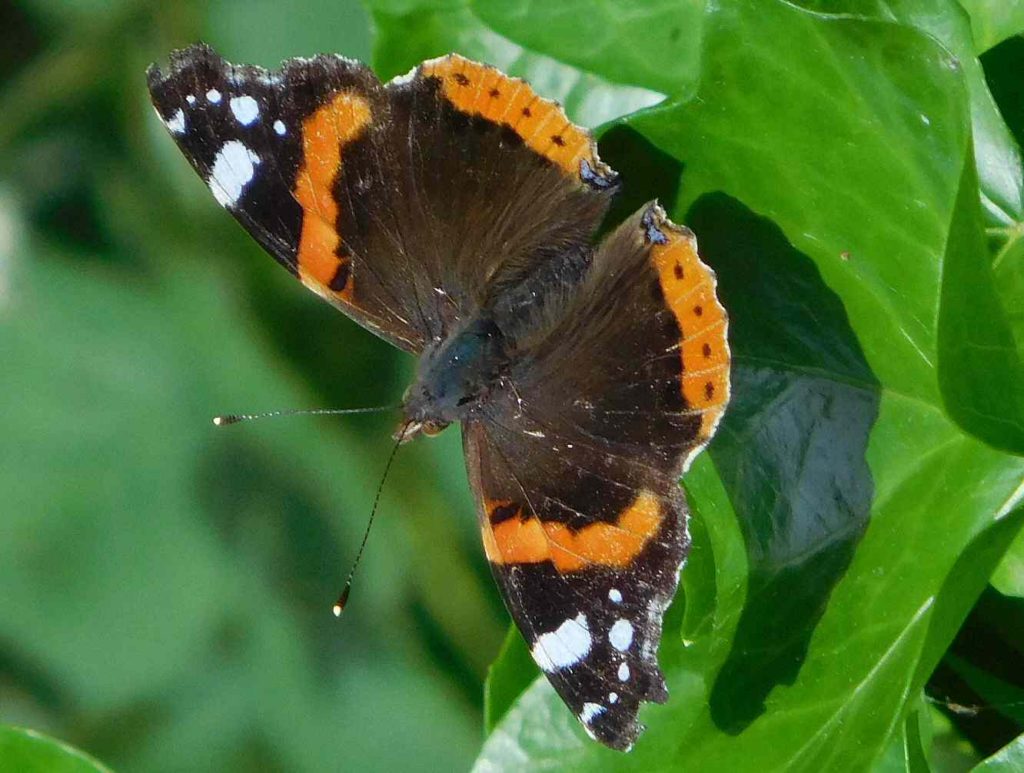
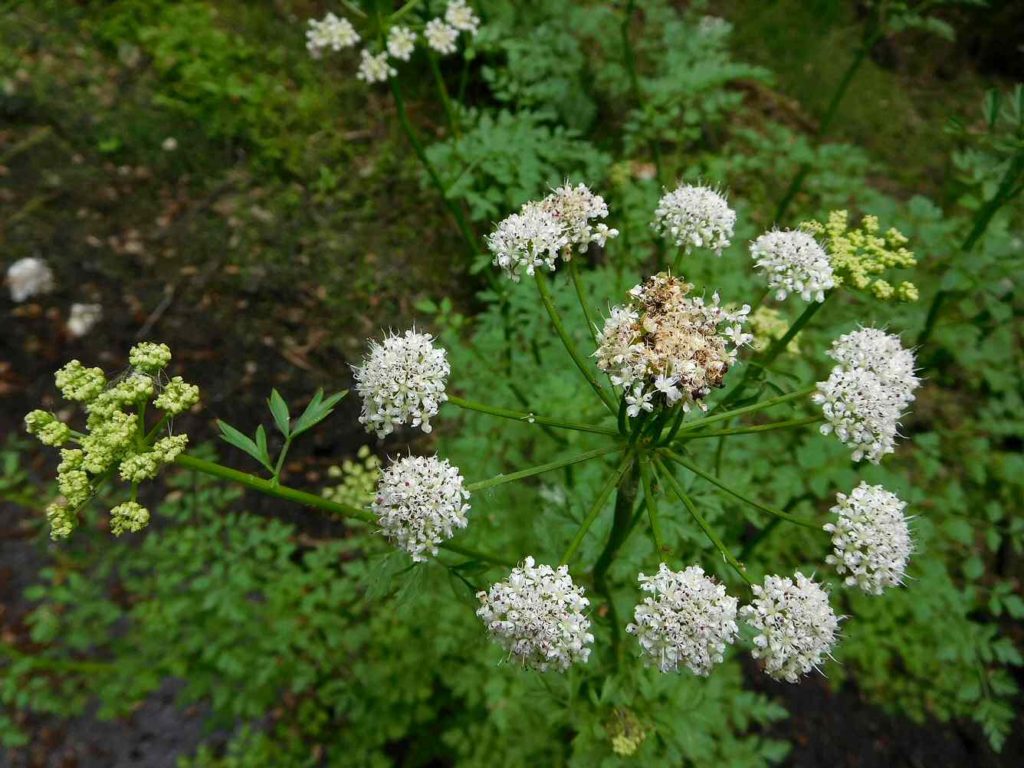
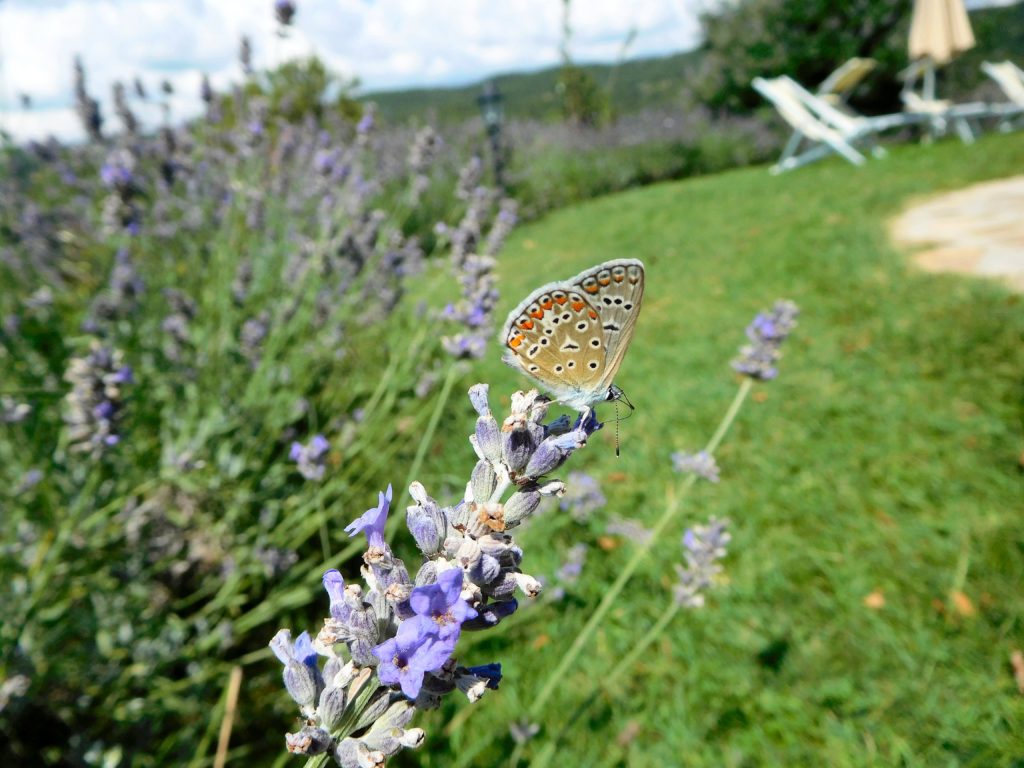
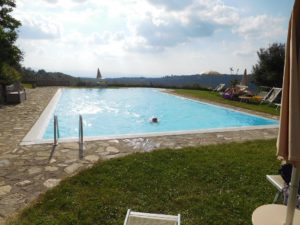
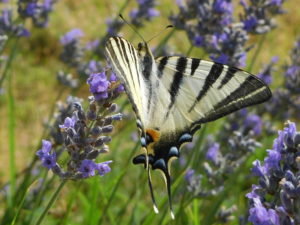
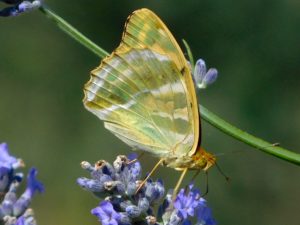
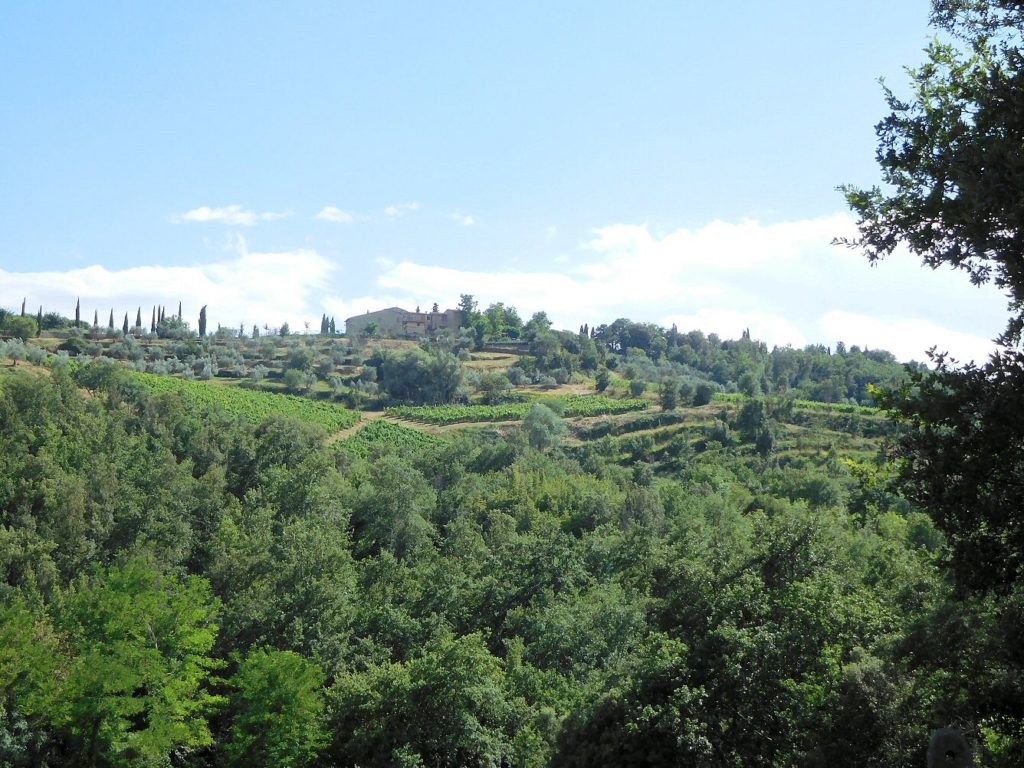
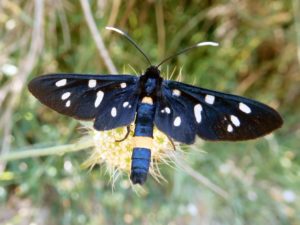
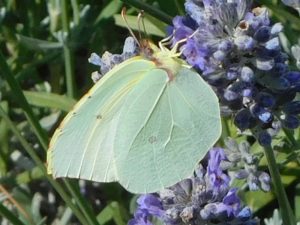
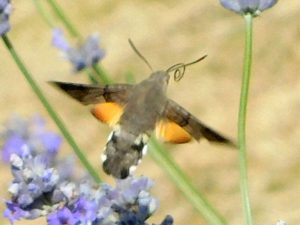
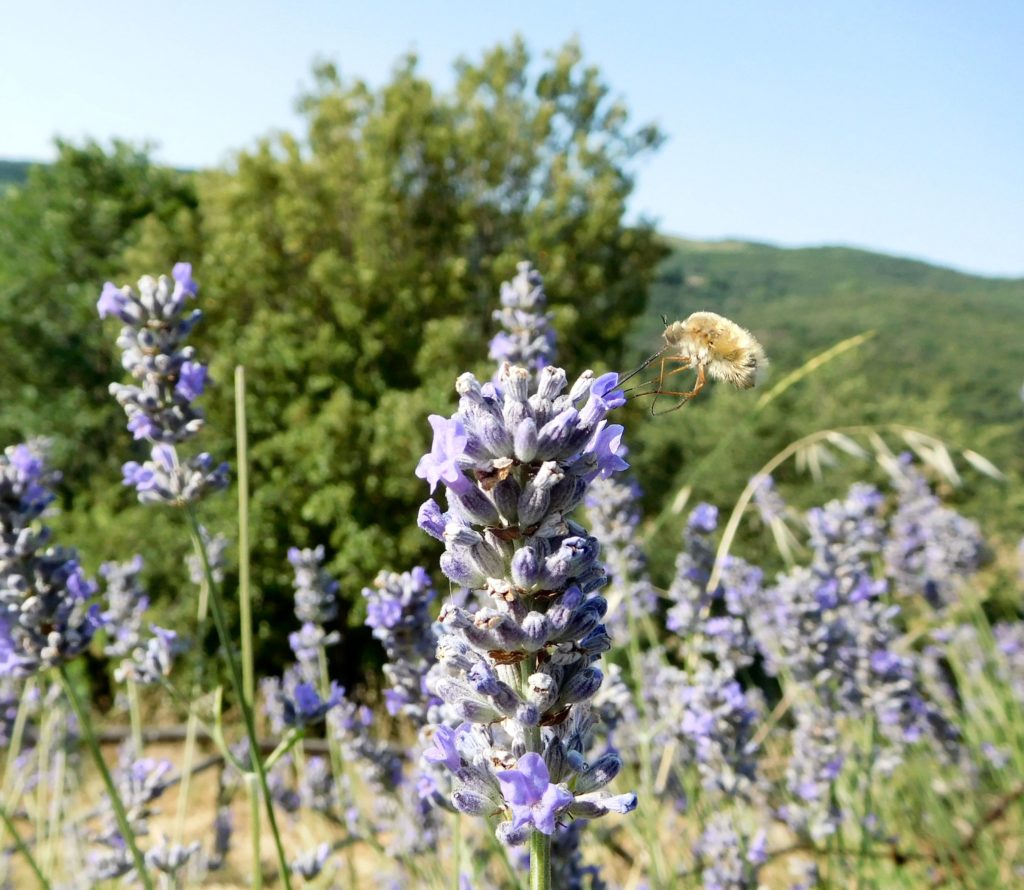
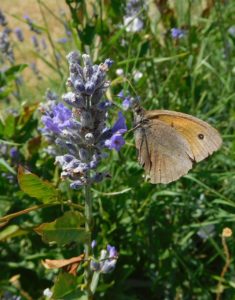
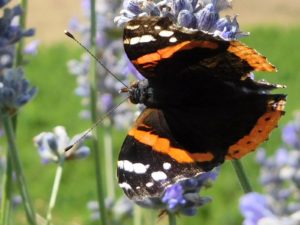
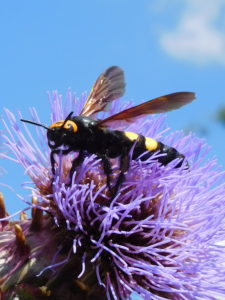
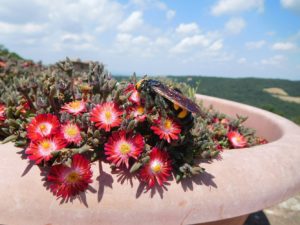
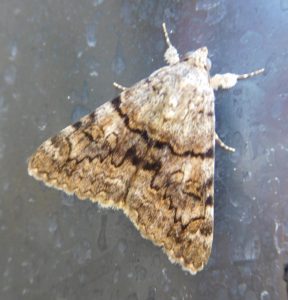
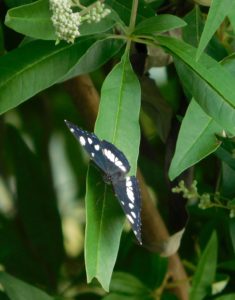
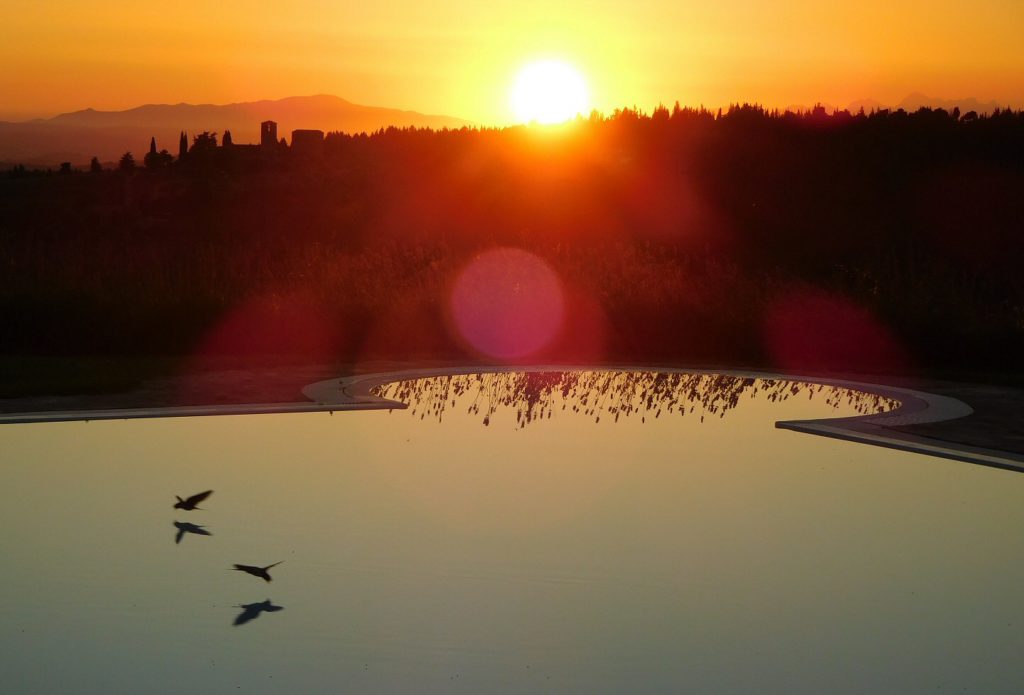
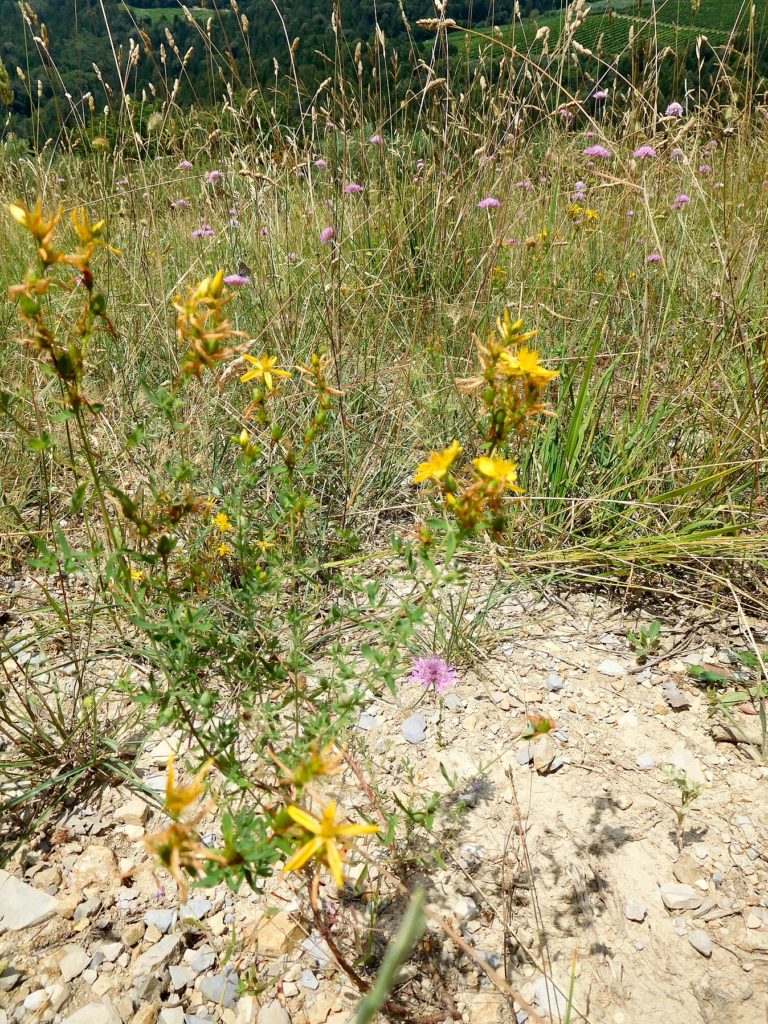
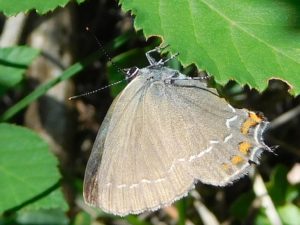
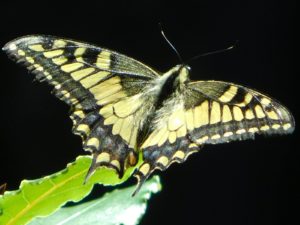
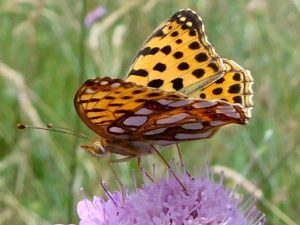
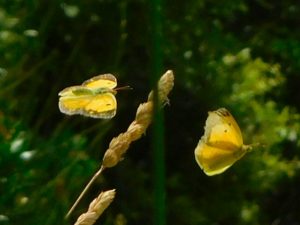
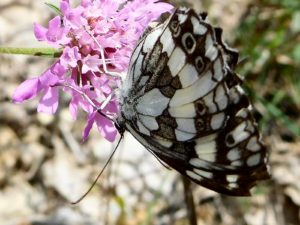
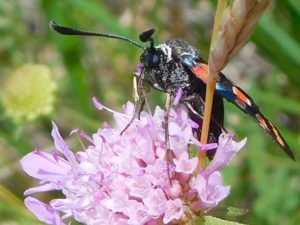
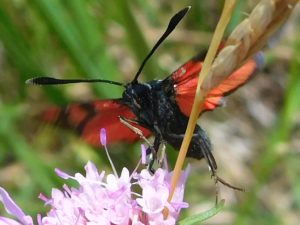
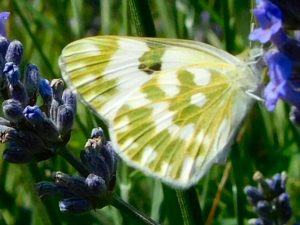
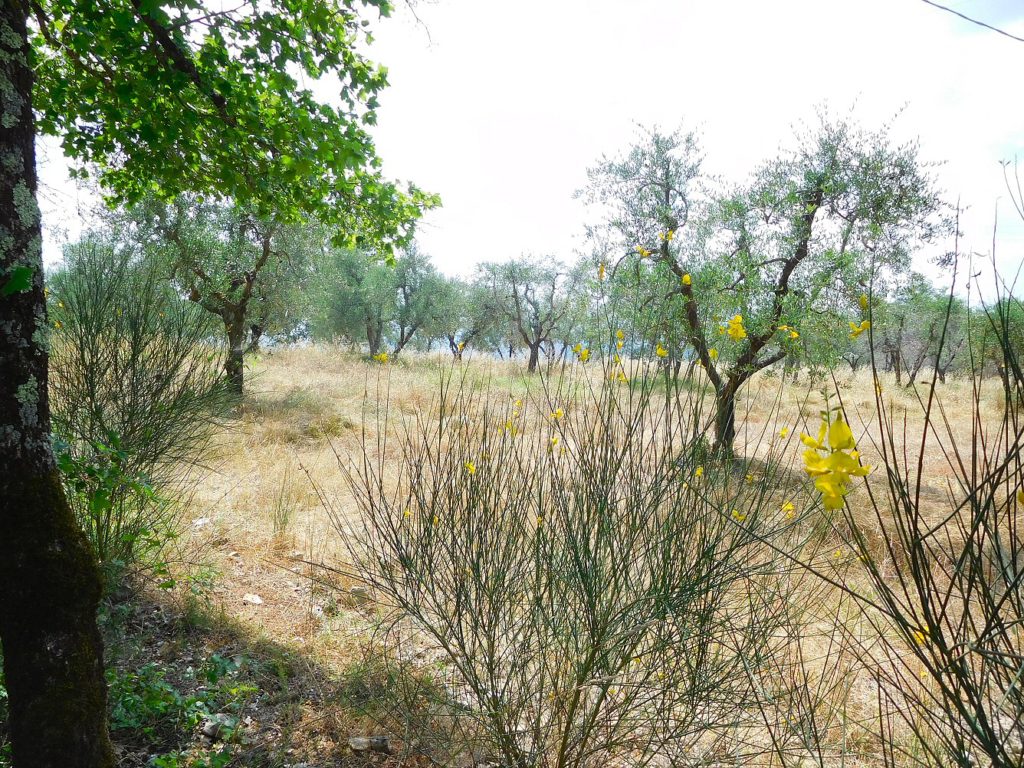
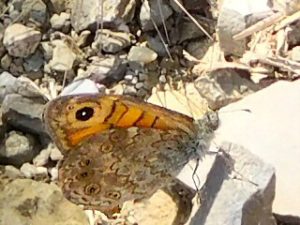
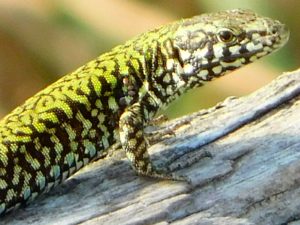
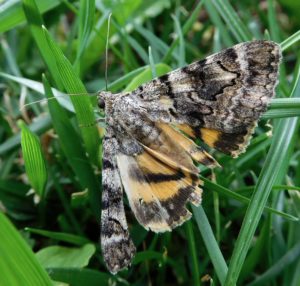
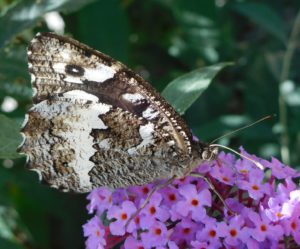
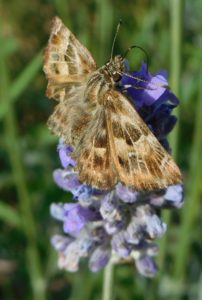
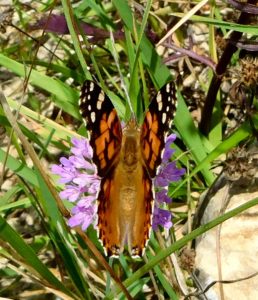
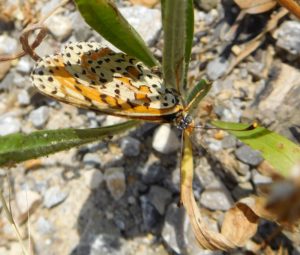
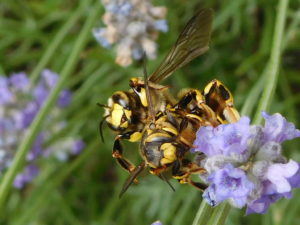
Although it was a bit late in the season for them, we saw half-a-dozen fireflies in the woods by the strada bianca (unmetalled road) and among the olive trees, half an hour or so after sunset.
I made no attempt to photograph birds, but a Hoopoe flew over the pool, and Turtle Doves cooed nearby. A Cuckoo called from far across the valley; a Song Thrush sang; a Green Woodpecker gave its laughing cry. White Wagtails flew up to the roof, and Italian Sparrows hopped about. Goldfinches twittered in the trees. A Sardinian Warbler raced for the cover of the trees, its black crown conspicuous; a Melodious Warbler sang from the woods. In the night, an owl called, it could have been a Scops Owl. And of course, Cicadas buzzed and Bush Crickets chirped all day long.
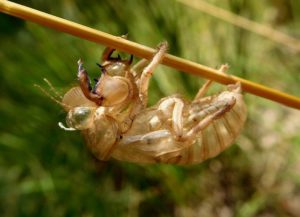
All photos © Ian Alexander 2018
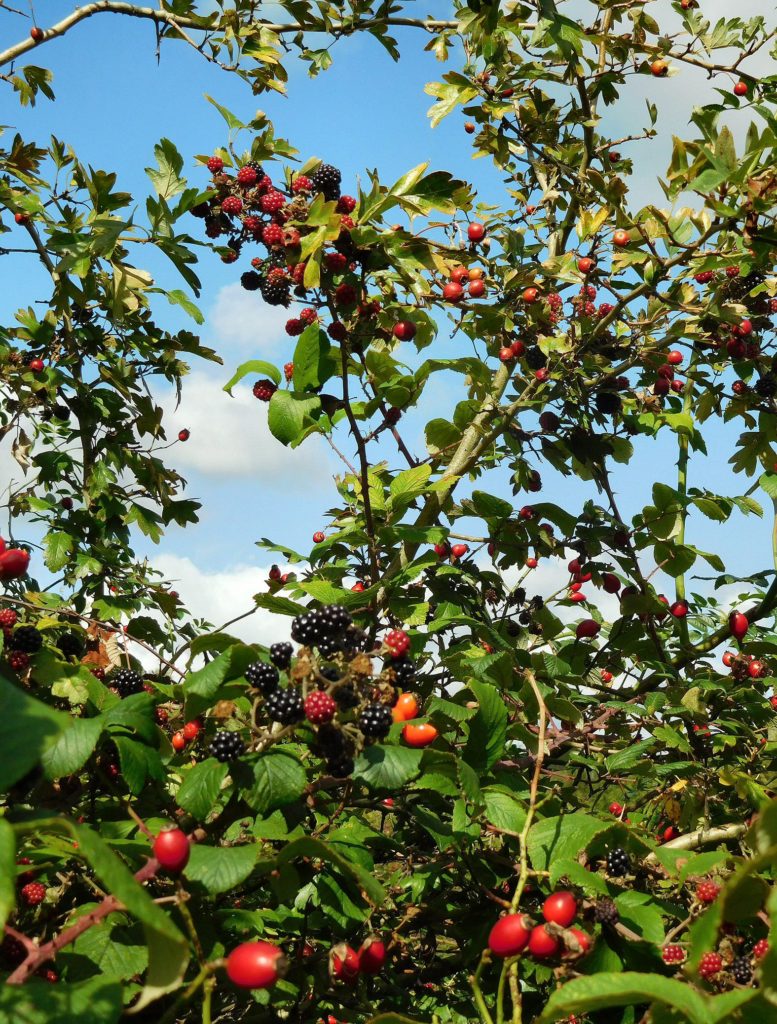
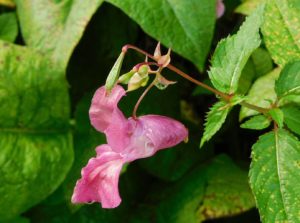
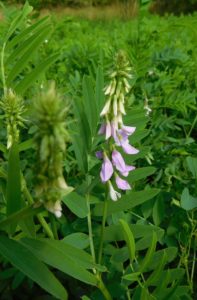
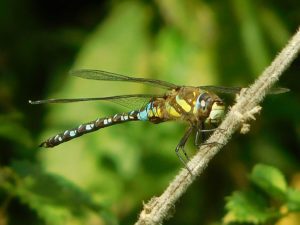
It was a day for signs: we worked all morning digging two deep post-holes for a new welcome signboard beside the ramp path, telling stories as we dug down through dry soil, pebbles and then soft clayey subsoil. Eventually we were deep enough and level enough to pop the sign in, and with nothing more than the spoil, pebbles, and a spirit level and a bit of tamping, we had a fine new signboard up. As if by magic, the TV camera team from ChiswickBuzz arrived to film us holding up spades, a Green Cross banner (some sort of quality of service award), and asking us to cheer improbably, so we shouted 1-2-3 Hooray! and waved spades like idiots, and the camera crew looked happy and wandered off.
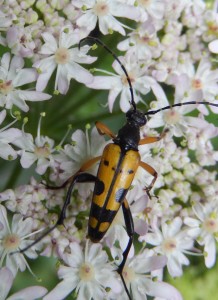
There were some bright black-and-yellow insects about pretending not very convincingly to be wasps, but their warning signs seem to work pretty well. After lunch we came back past the signboard to do a butterfly transect, and we nearly cheered as a visitor took a good look at the signboard. We joked that with an apostrophe missing, we’d have to dig the sign out and send it back for a refund.
On the transect we had good numbers of butterflies, but without so much sunshine it was without the masses of Gatekeepers of a fortnight ago. There were a pair of Commas, a Red Admiral, a Brimstone, and plenty of Small Whites, Speckled Woods, Holly Blues and Gatekeepers. A pair of (Migrant or Southern?) Hawkers scooted about from the hut to the ramp; down by the pond was an exuviae of something like a Broad-Bodied Chaser; a Common Darter sunbathed on the boardwalk, and a pair of Azure Blues wandered above the now happily full pond, laying eggs. The reserve echoed to the crash of demolition from the High Street.
The pond is really low in the heat (and the grass is brown and crisp, and Birch trees large and small are dying). There are Large Red, Azure and Bluetail damselflies urgently laying eggs; this pair of Azures was in the incredibly complicated mating posture that we call the Heart or Wheel, with secondary genitalia locked on in preparation for transfer of the spermatophore; then the female does her thing with sperm storage. Bizarre.
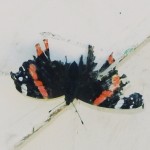
If there’s an insect equivalent of a World War II Hurricane landing safely with most of its tailplane, rudder, and wings shot away, this battered but defiant Red Admiral must be it. I saw the odd outline and thought “Comma?” – then I saw the colours and thought “Hot weather, beaten-up butterfly, Painted Lady”; then it landed and I realized what it was.
Heat. It’s apparently the hottest day in England for nine years: right now it’s 33ºC here, and remarkably sticky.
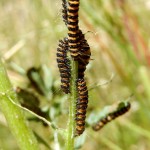
Among the dry grass are an increasing number of Ragwort plants; at the moment, having seen just one Cinnabar moth flying briefly, there is also just one plant covered in Cinnabar caterpillars. They are aposematic: brightly coloured black and orange, warning, like wasps and bees, of their poisonous cocktail of chemicals picked up from their food plant. They seem to grow in numbers until they devastate the Ragwort population, which then crashes … which wipes out the Cinnabar moth, until a new outbreak of Ragwort restarts the cycle. It seems to me the nearest thing to the Lotka-Volterra model ever, given that the model basically predicts wild swings in population of “predator” and “prey”. For lynx and snowshoe hares it’s a wildly wrong model; for moths and Ragwort, maybe there’s something in it.
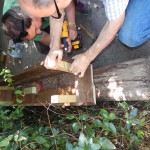
We spent some happy hours cutting up a lot of wood to make two large “planters” to disguise the green metal box of a shed in the car park. The plants will need constant watering, which sounds a bit of a problem, but maybe for annuals it’ll do fine. We nicknamed the planters “crocodile coffins” as they are the size of young crocs and perfect for their funerals, if crocs need ceremonies.
Yesterday evening we had a fine view of the conjunction of Venus and Jupiter in the western sky, Venus an elegant bright crescent (evening star) on our side of the sun, Jupiter a smaller and dimmer star, visibly a complete disk, far away from us of course on the other side of the sun. The 80mm birdwatching telescope did a good job; of course it would be lovely to have a big astronomical telescope to get a bigger view.
Down at the reserve today, the first Skipper of the year, basking on a reed by the pond (with Azure and Large Red Damselflies too). It must be a Large Skipper from its size and pattern: uncommon in the reserve.
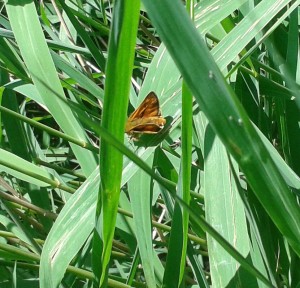
Up on the ramp, a Red Admiral; and this Ichneumon wasp, which looks very much like Gasteruption jaculator, a fine parasitoid with an ovipositor as long as her head, thorax and abdomen together. She was inside the hut trying to escape through the window; she is black all over, except for the front of her abdomen which is red, and the tip of her ovipositor, which is white. Her wings are nearly transparent with a hint of brown.

We spent the morning fixing path edgings – poles of elm, with handmade wooden pegs, sharpened to stakes. A foreign couple came along and asked if we were preparing for Vampires: perhaps they were from Transylvania, who knows.
In the afternoon we repaired the gaps in the fence where vandals have started jumping over and running down the bank. We hammered in an enormous metpost with a tall square oak post – we had to bring the stepladder to reach the top to drive it in with the round post-hammer – and we had to shave off the edges so the hammer fitted over the post! Then we twisted wire supports and barbed wire to repair the gaps, and hammered extra-large staples into the posts to fix the wire. It was hot and hard work but we’ve fixed a definite problem. Happily the rest of the fence has become totally overgrown with brambles and bindweed, with leafy branches reaching down to it, so it seems unlikely anyone will climb over it there.
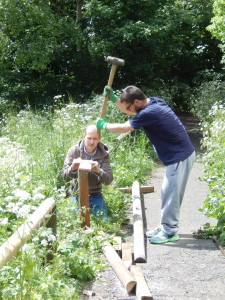
On a lovely May day, we replaced quite a bit of wooden railing, the rail mainly being fine but several of the posts having rotted at the base.
As we worked, a pair of Brimstone butterflies flew nearby, as well as a few Orange Tips, a Red Admiral, a couple of Holly Blues, and a Large White. It was very pretty among the cow parsley, green alkanet and garlic mustard, with visiting bees and hoverflies. A couple of brilliant metallic green Rose Chafer beetles flew over, just above the tops of the cow parsley.
Around the reserve, newly-fledged robins and jays were hopping about unsteadily. A blackcap sang sweetly; a blackbird, a wren and some robins chattered in alarm from a thicket, mobbing a predator, apparently a magpie — most probably as it threatened to rob a nest of eggs or young.

Above the pond, Azure Damselflies and Large Red Damselflies were in cop and egg-laying (both species); up to three male Small Reds at a time were dashing about in tiny dogfights.